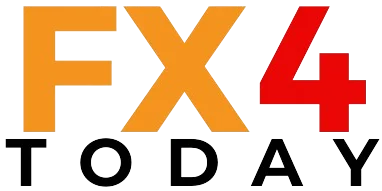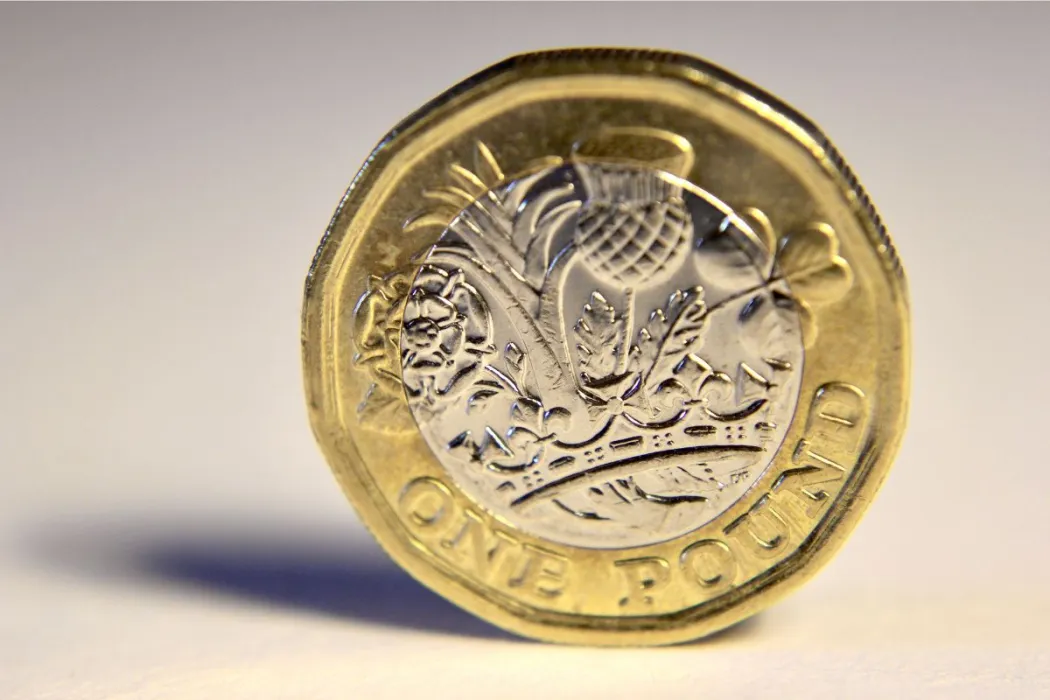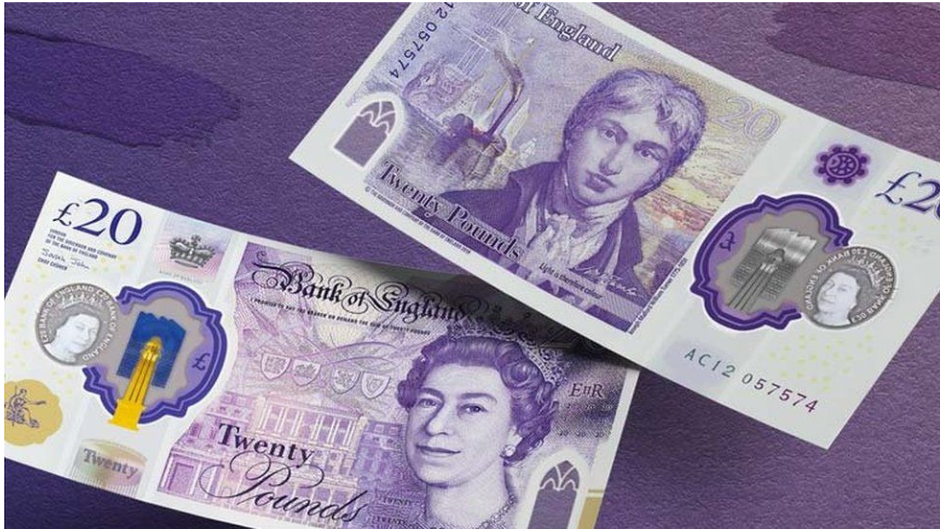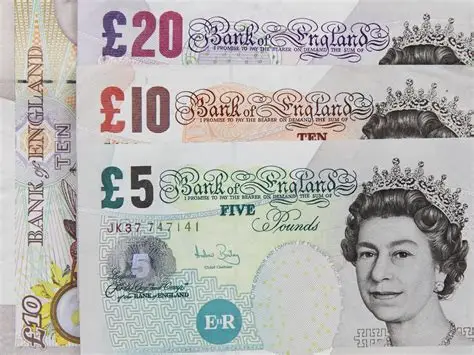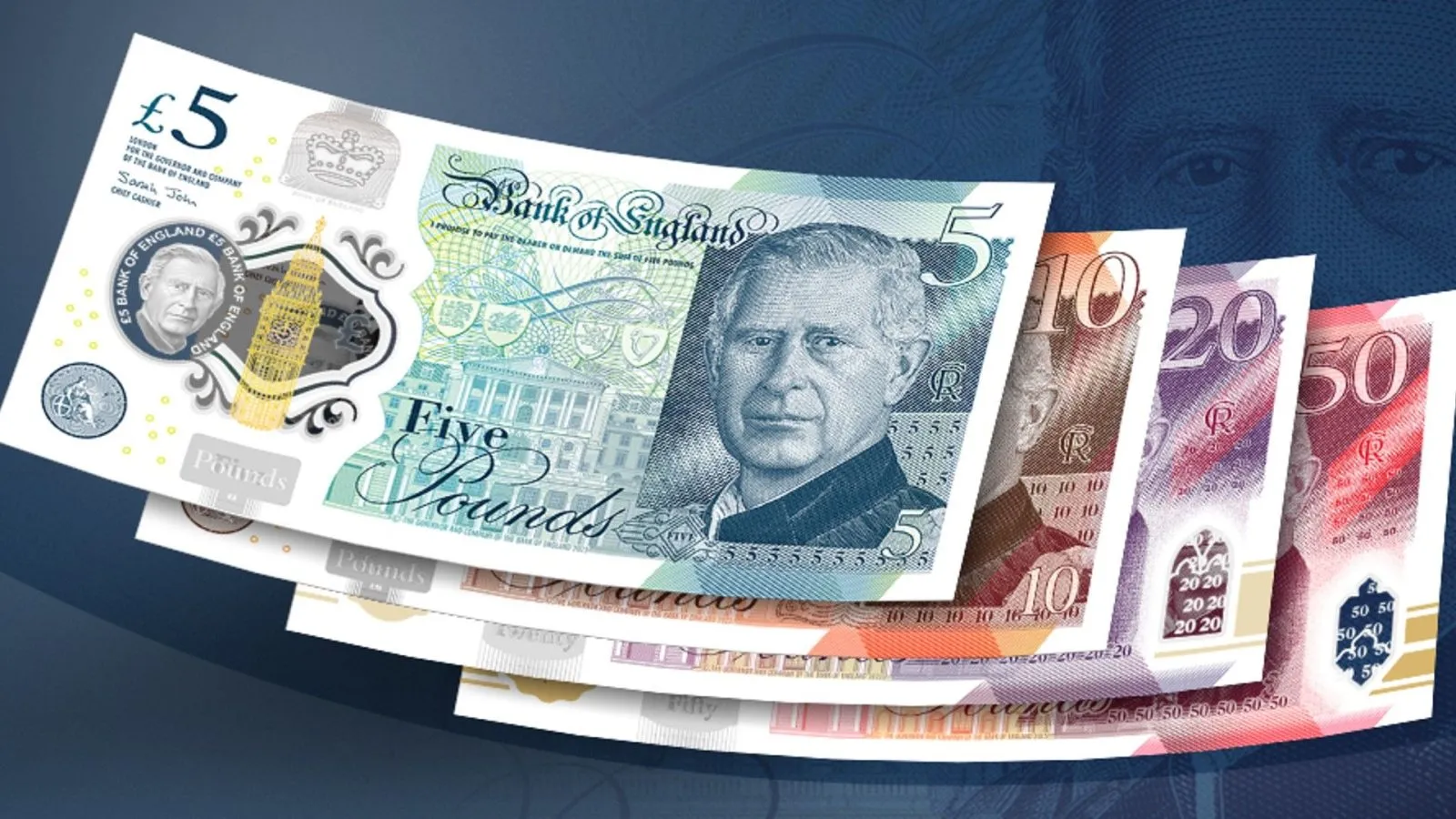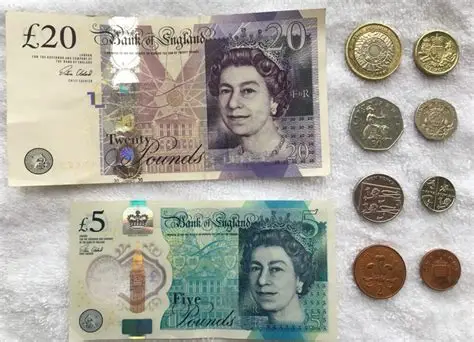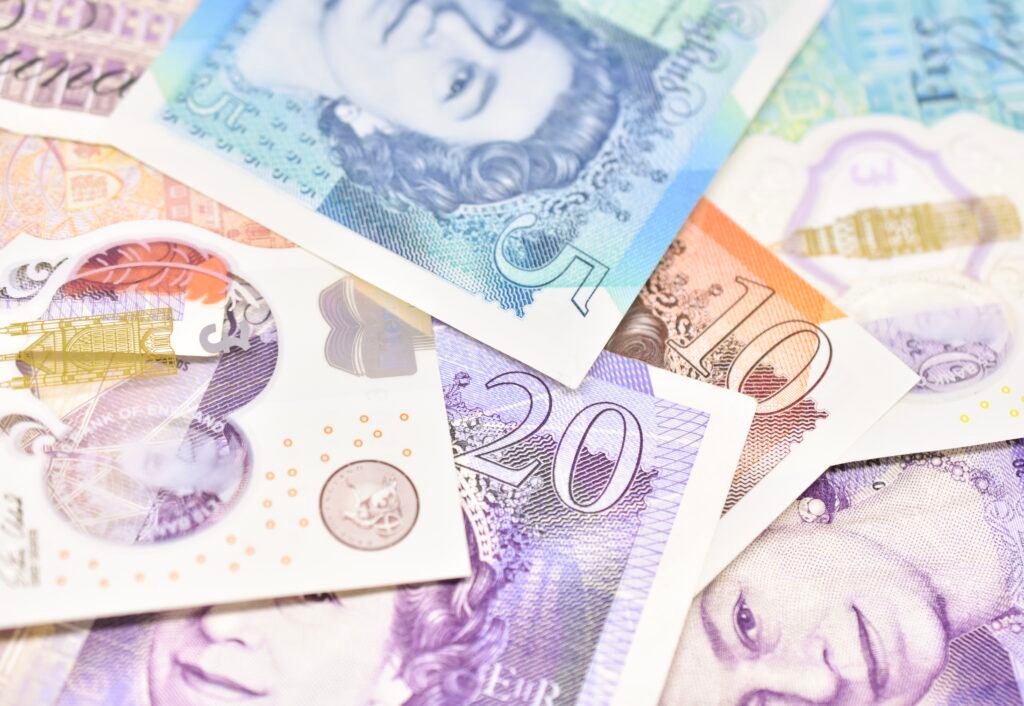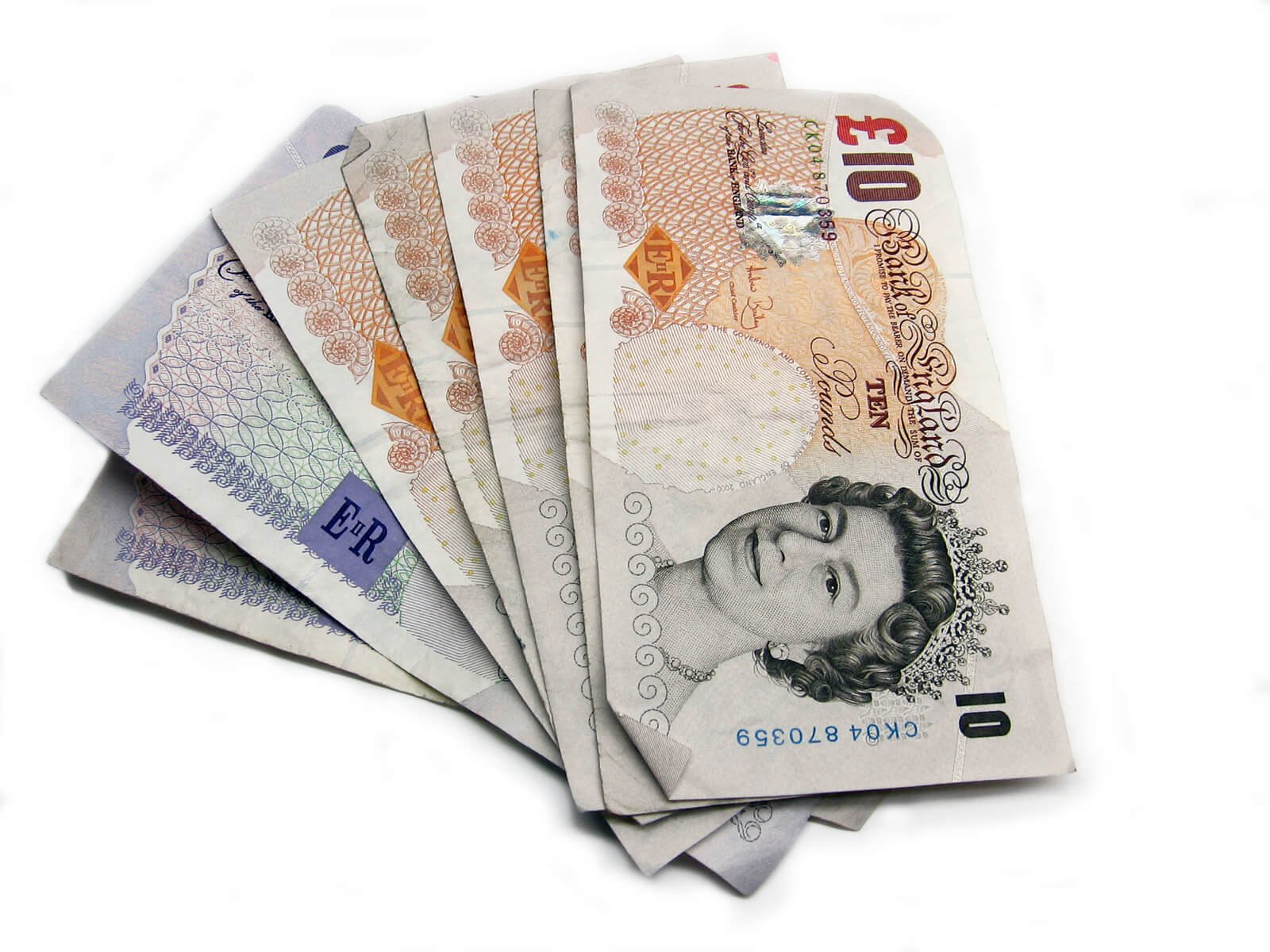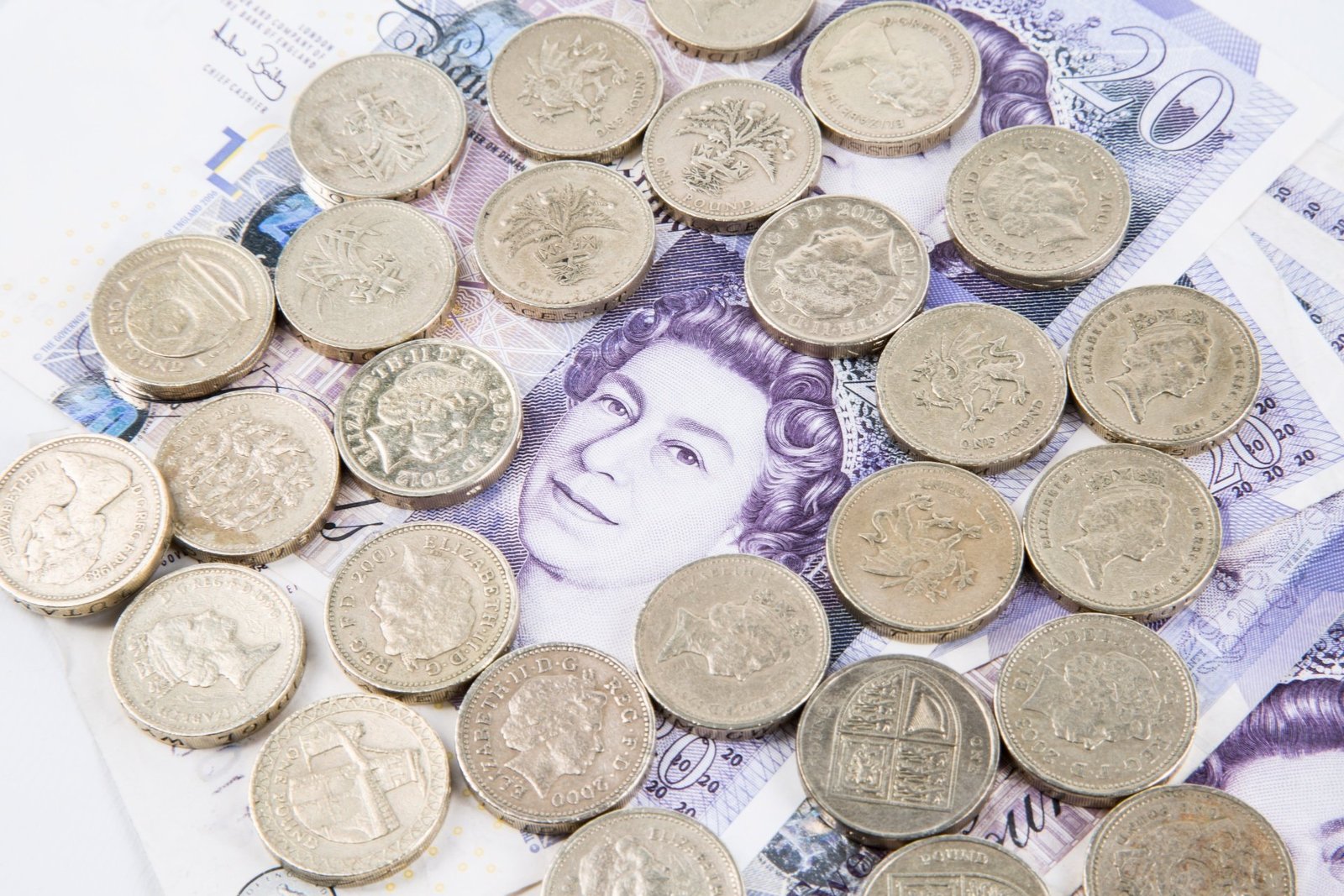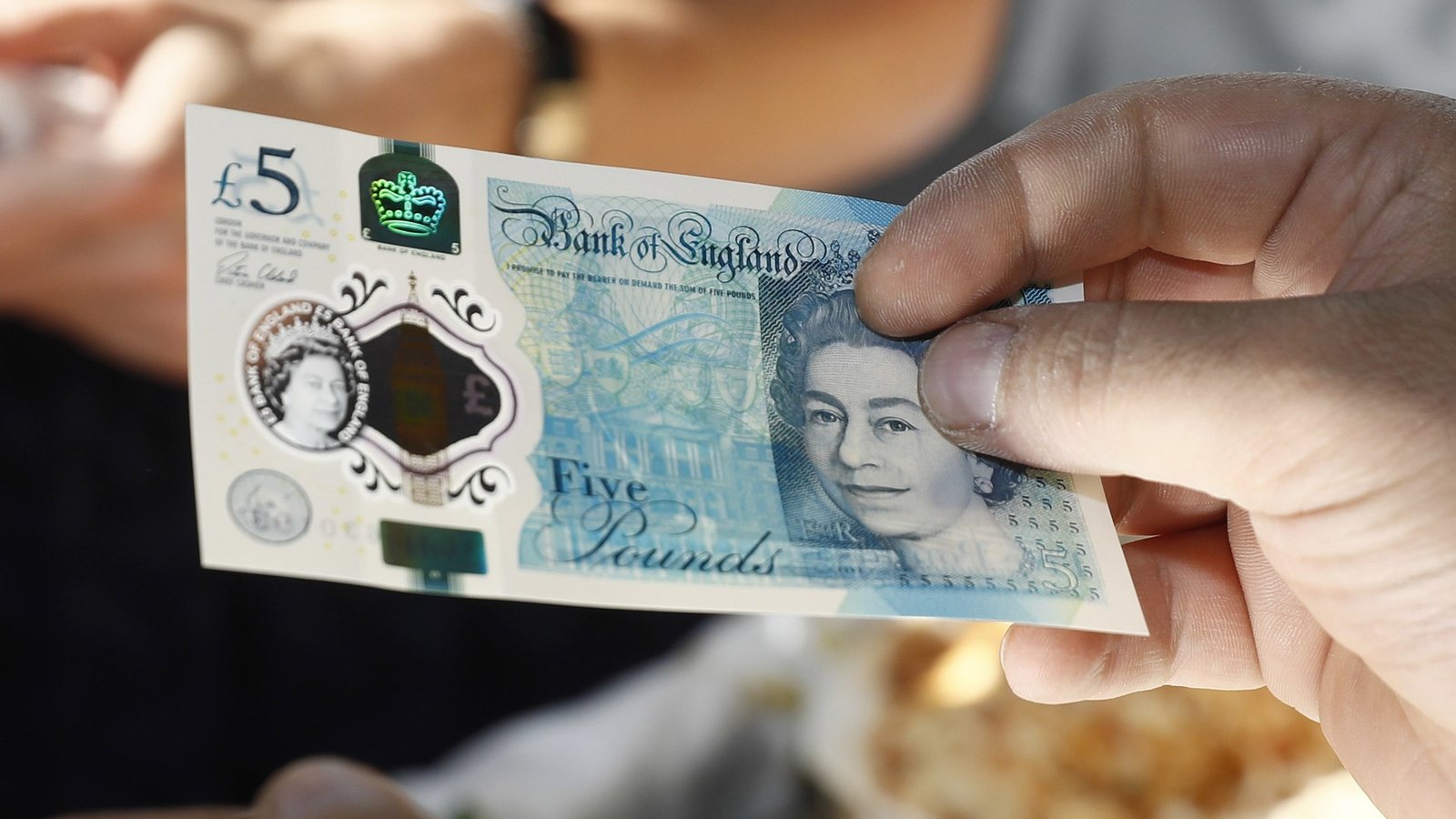Pound Sterling Appreciates Against US Dollar As US Job Market Slows and Fed Cuts Are Speculated
Pound Sterling (GBP) advanced versus the US Dollar (USD), rising to around 1.3500, as a slowing US job market and the continued government shutdown dragged on the Greenback. The US ADP Employment Change report showed a decrease in private sector employment for September, supporting calls for a possible Federal Reserve rate reduction later this month. Bank of England Deputy Governor Sarah Breeden, on the other hand, warned of the dangers of having too tight a monetary policy, indicating a future move towards easing in Britain. With the GBP/USD pair above the 20-day EMA, the Pound is on an upward short-term path, albeit with primary resistance and support levels that will guide its short-term direction. KEY LOOKOUTS • Traders will watch for impending US employment statistics closely, as further deceleration may boost anticipation of Federal Reserve rate reductions. • Extended shutdown threatens en masse layoffs, further pressuring the US Dollar and affecting GBP/USD price action. • BoE talk of possible easing can affect Pound strength, particularly if inflation below target. • Monitor key support at 1.3140 and resistance at 1.3726, as well as the 20-day EMA and RSI readings, to determine near-term trend reversals. The Pound Sterling continued its rally against the US Dollar, almost reaching 1.3500, due to a slowdown in the US job market and continued government shutdown pressuring the Greenback. Soft US jobs data has heightened hopes of a cut in Federal Reserve interest rates, while Bank of England policymakers, such as Deputy Governor Sarah Breeden, have signaled that monetary policy would need to be relaxed if prices decline below target. Technicals indicate the GBP/USD pair is trading over its 20-day EMA, indicating an upward short-term trend, but key levels of support and resistance will dictate the pair’s short-term direction. Pound Sterling rose closer to 1.3500 versus the US Dollar, amidst indications of US job market slowdown and government shutdown. Speculation regarding Fed rate reductions and possible BoE loosening remain behind Pound strength. 1.3485 (20-day EMA) and 1.3726 (resistance) technical levels will dictate near-term direction. • Pound Sterling (GBP) appreciates close to 1.3500 versus the US Dollar (USD) as concerns of US economic slowdown arise. • US ADP Employment Change report reported a decline of 32K jobs in September, lower than expected. • Soft US job data stokes rumors of a likely Federal Reserve rate cut later this month. • Continuing US government shutdown increases threats of widespread layoffs, putting further pressure on the USD. • Bank of England Deputy Governor Sarah Breeden indicates that tightening monetary policy has the potential to drop inflation below target. • GBP/USD is higher above the 20-day EMA (~1.3485), which supports a bullish short-term trend. • Most significant technical levels to monitor: support at 1.3140 and resistance at 1.3726. The Pound Sterling has gained against the US Dollar, touching close to 1.3500, as the evidence of a weakening US job market and the current government shutdown has exerted downward pressure on the Greenback. Soft employment figures, a decrease in private sector jobs in September, has fueled hopes of possible interest rate cuts by the Federal Reserve later this year. Market players are watching US labor market conditions closely, and continued weakening could have implications on world currency markets and sentiment. GBP/USD Daily Chart Price SOURCE: TradingView At the same time, in the UK, the Bank of England signaled restraint in monetary policy. Deputy Governor Sarah Breeden pointed to the dangers of maintaining policy too vigorously, suggesting that inflation would fall below target at 2% if restrictive policies persist. These indications of potential future easing, together with ongoing uncertainty regarding US economic conditions, have underpinned the Pound’s strength and brought greater market focus to policy trends on both sides of the Atlantic. TECHNICAL ANALYSIS GBP/USD currency pair is displaying indications of a short-term bull trend, trading above the 20-day Exponential Moving Average (EMA) level of approximately 1.3485. 14-day Relative Strength Index (RSI) is presently at about 50.61, reflecting neutral momentum but leaving scope for further improvement if it crosses above 60. Important support is placed at the August 1 low level of 1.3140, while resistance is located at the September 17 high level of 1.3726. A continued breakout above the 20-day EMA would strengthen positive momentum, while a failure to hold above this level might cause sideways or corrective action. FORECAST The Pound Sterling may maintain its upward trend against the US Dollar in the short term if US economic figures are not strong and Federal Reserve rate-cut expectations increase. The GBP could be supported by optimism for Bank of England easing too, allowing the pair to test resistance around 1.3726. A solid breakout above this level could open the way for further appreciation and consolidate the bullish picture. On the negative side, the GBP/USD currency pair may come under pressure if US labor market statistics surprise to the upside or if the US government shutdown is contained quickly, cutting Greenback weakness. Importantly, key support at 1.3140 will be significant to monitor, as a fall below here may set the wheels in motion for a more drawn-out correction phase, restricting near-term pound gains.
